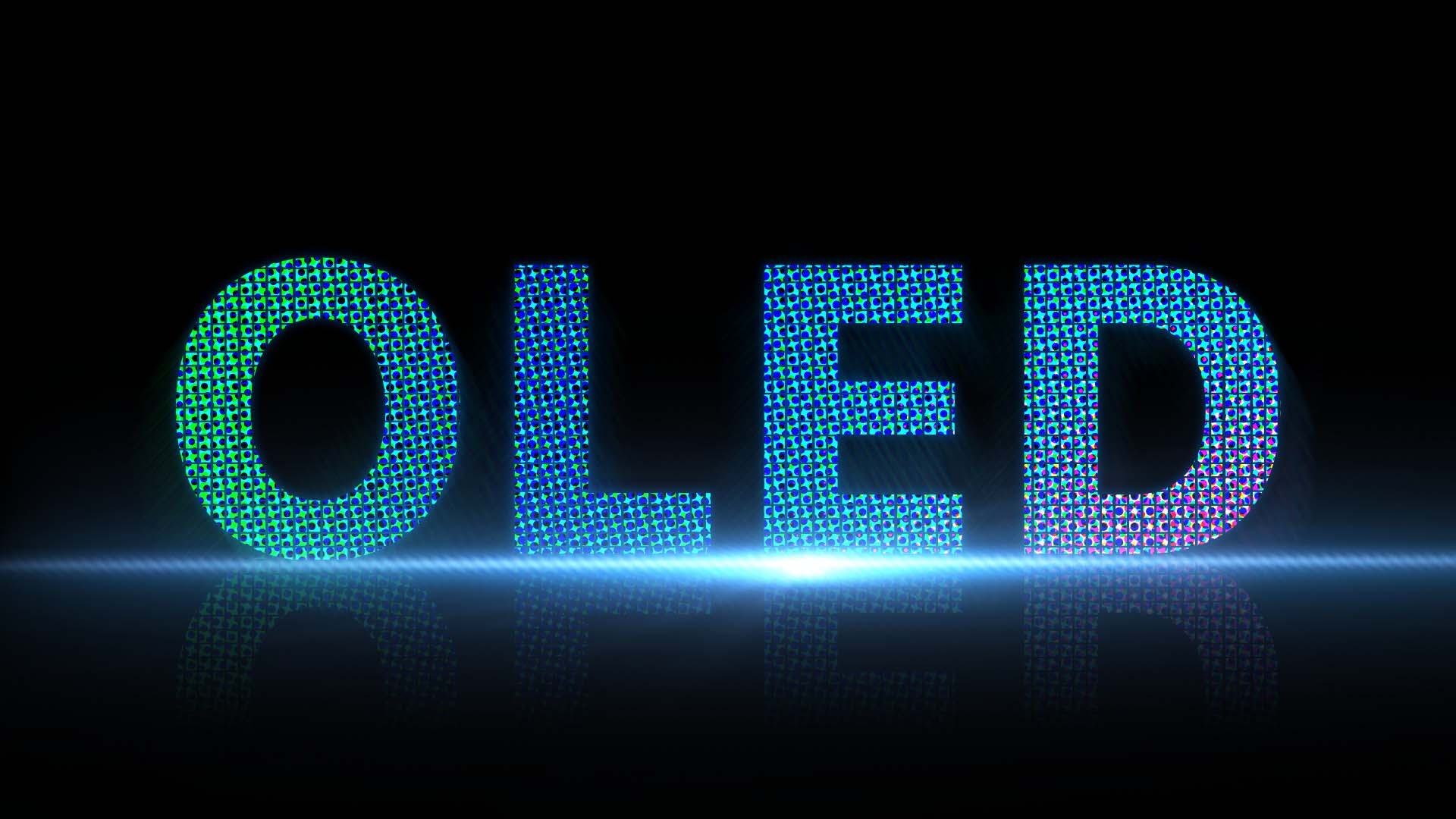OLED vs. LCD: Which is Better For SmartPhone?

When it comes to smartphones, the display plays a significant role in delivering an immersive user experience. Two popular display technologies widely used in smartphones are OLED (Organic Light-Emitting Diode) and LCD (Liquid Crystal Display). Understanding the differences between these two technologies can help you make an informed decision when choosing a smartphone. This article will explore the key differences between OLED and LCD displays, and discuss their importance in smartphone devices. So, let's dive in and explore which display technology is better for smartphones.
What is OLED technology?
OLED stands for Organic Light Emitting Diode. It is a display technology that uses organic compounds to emit light when an electric current is applied. Unlike LCD (Liquid Crystal Display) screens, OLED displays do not require a backlight, resulting in deeper blacks, higher contrast ratios, and more vibrant colors.
What is LCD technology?
LCD stands for Liquid Crystal Display. LCD technology works by using liquid crystals that can be manipulated to either block or allow light to pass through, creating the display. An LCD display typically consists of several layers, including a backlight, color filters, and an array of liquid crystal cells. These cells work together to produce the images and colors that you see on the screen.
Image Quality and Viewing Experience
When it comes to image quality, OLED displays generally have the edge over LCD displays. Here are some key differences:
- Contrast Ratio: OLED displays offer higher contrast ratios, resulting in deeper blacks and more vibrant colors. This creates a more immersive viewing experience.
- Brightness: LCD displays can achieve higher peak brightness levels, which can be beneficial when viewing content in bright environments.
- Viewing Angles: OLED displays have excellent viewing angles, with minimal color distortion even when viewed from the side. LCD displays may exhibit color shifts when viewed at extreme angles.
Power Consumption
When it comes to power consumption, OLED displays have a significant advantage over LCD displays. OLED panels are known for their ability to individually control each pixel, allowing them to turn off completely in order to display true blacks. This results in lower power consumption for OLED displays compared to LCD displays.
On the other hand, LCD displays require a backlight to illuminate the pixels, leading to higher power consumption.
Battery Life
The choice between OLED and LCD displays can have a significant impact on smartphone battery life. Since OLED panels use less power, smartphones equipped with OLED displays tend to have better battery life compared to those with LCD displays. This is especially noticeable in scenarios where the display is predominantly showing dark content, as OLED screens only consume power for the lit pixels. In contrast, LCD displays continuously require power for the backlight, regardless of the content being displayed.
Durability
When it comes to durability, LCD displays have a slight advantage over OLED displays. LCD screens are generally more resistant to screen burn-in, which can occur when static images are displayed for extended periods, causing permanent damage. Additionally, LCD displays are less prone to pixel degradation over time compared to OLED screens.
Lifespan
OLED displays have a slightly shorter lifespan compared to LCD displays. This is because the organic compounds that compose the OLED pixels degrade over time, resulting in a gradual decrease in brightness and color accuracy. On the other hand, LCD displays are not susceptible to this type of degradation, allowing them to maintain better long-term performance. It's worth noting that both OLED and LCD displays can last for several years with proper care and usage.
Cost
LCD displays tend to be more affordable compared to OLED displays. The production cost of LCD panels is generally lower, making them a popular choice for budget-friendly smartphones. On the other hand, OLED displays are considered to have higher manufacturing costs, which can lead to higher prices for smartphones that feature this technology. However, with advancements in technology, the price gap between OLED and LCD displays is gradually narrowing.
Conclusion
In conclusion, OLED and LCD each offer their own set of advantages and disadvantages. OLED excels in picture quality and flexibility, but it comes at a higher cost and may have burn-in issues. LCD is more affordable and has higher brightness levels, but sacrifices contrast and black levels. The choice between OLED and LCD ultimately depends on the specific needs and preferences of the user.
REPART is one of the leading OLED display manufacturers offering premium quality soft and hard OLED screens for iPhones, Androids, and other devices. Follow our blog for the latest news, guides, and tips regarding OLED and other display technologies.
-
Posted in
lcd, lcd screen, oled, oled display, oled screen, oled technology, oled vs lcd




